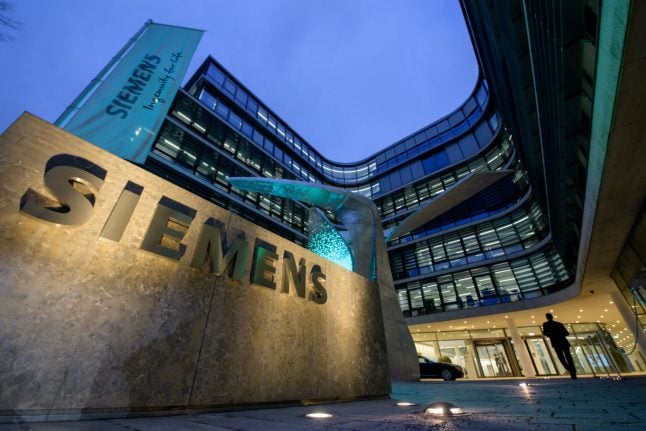Net profit at the sprawling group plunged 14 percent to 1.2 billion euros ($1.4 billion) in the third quarter of its financial year, compared with the same period a year earlier.
Revenue at Siemens — which also builds trains, industrial robots and medical scanners — fell four percent to 20.5 billion euros, slightly below analysts' expectations.
Siemens blamed “a sharp decrease in profit” at its ailing power and gas unit, as well as overall “negative currency effects” and higher taxes for the slump.
Quarterly income was driven by the group's digital services, led by a spike in profits at its factory automation arm.
The group also highlighted a 16-percent increase in overall orders, boosted by demand for big-ticket items like trains and wind turbines, while orders in its Healthineers medical devices business were flat.
“Our global team delivered a strong quarter, highlighted by outstanding order intake,” chief executive Joe Kaeser said in a statement.
“We diligently address our opportunities and challenges going forward,” he added.
Siemens said it would embark on a major restructuring in October, trimming its industrial units from five to three to make them more independent and better able to respond quickly to market demands.
The overhaul has been spurred by troubles in Siemens' power and gas unit, which has long been grappling with “structurally” lower demand as energy trends shift towards renewables.
Some 7,000 jobs are set to be slashed at the division.
As part of its new “Vision 2020+” revamp, announced in a statement late Wednesday, Siemens said it would strengthen its digital offerings, focussing on the internet of things, industrial automation and electric mobility.
Looking ahead to the remainder of its financial year, Siemens confirmed it expects “modest growth” in revenue, adjusted for currency and portfolio effects.
The sweeping changes planned at Siemens come as conglomerates around the world are offloading units and reshaping unwieldy businesses in a bid to keep pace with fast-changing industry landscapes.
“Today we are a single tanker. We must become a coordinated and efficient fleet of ships,” Kaeser told German media last year.



 Please whitelist us to continue reading.
Please whitelist us to continue reading.
Member comments